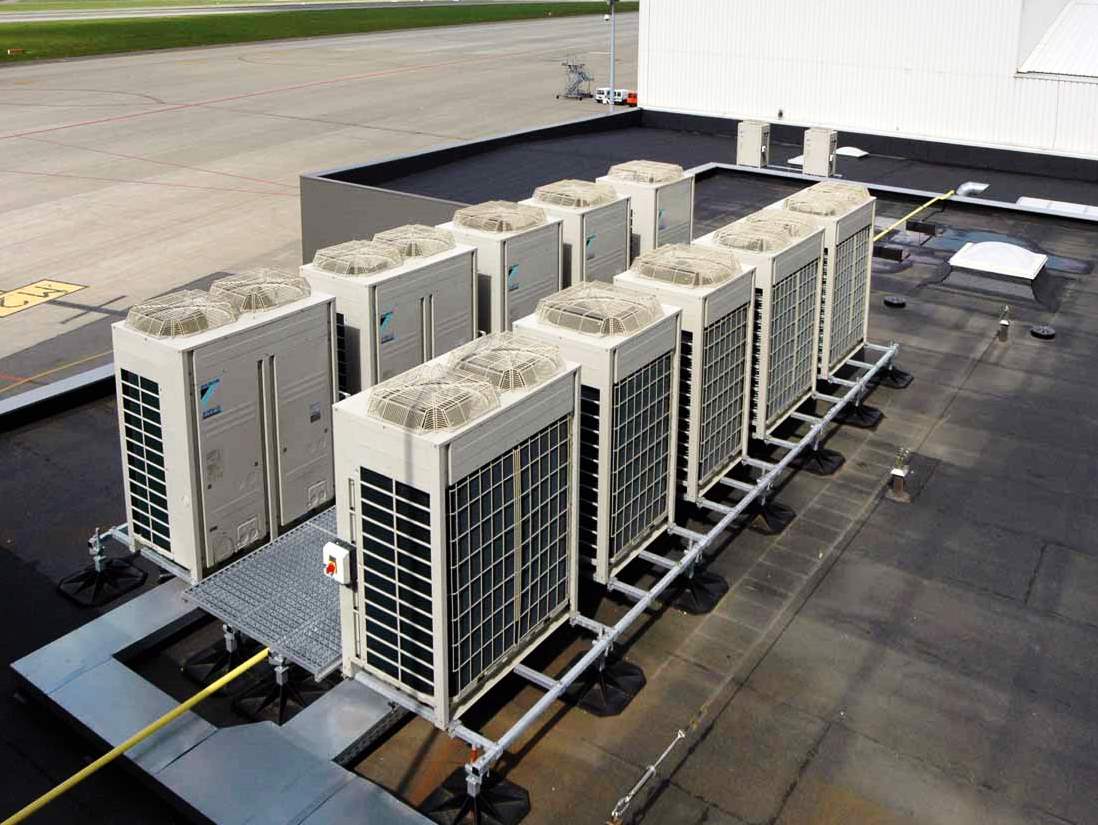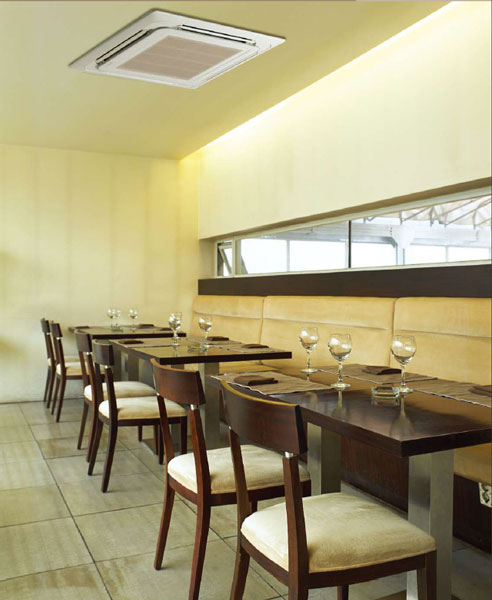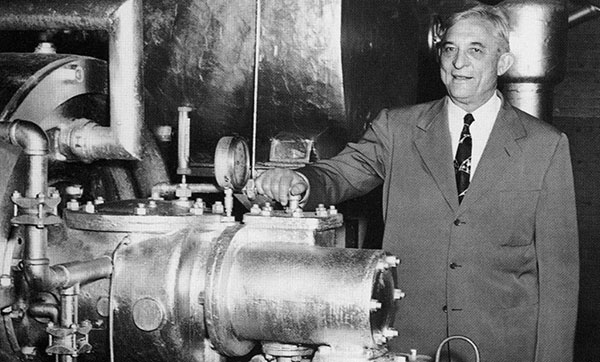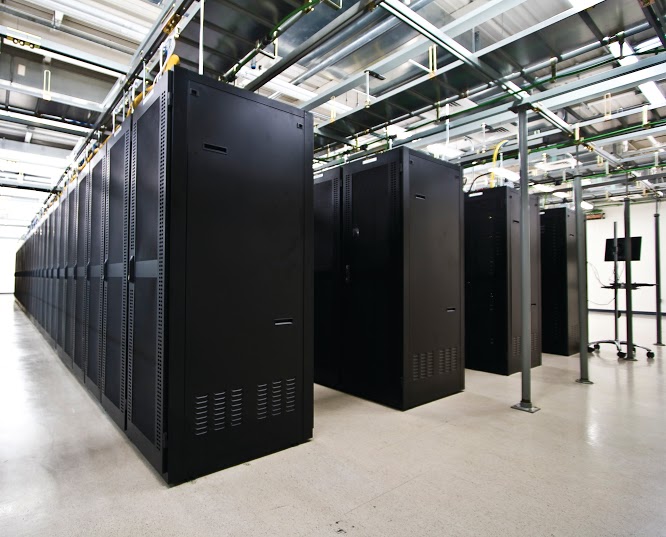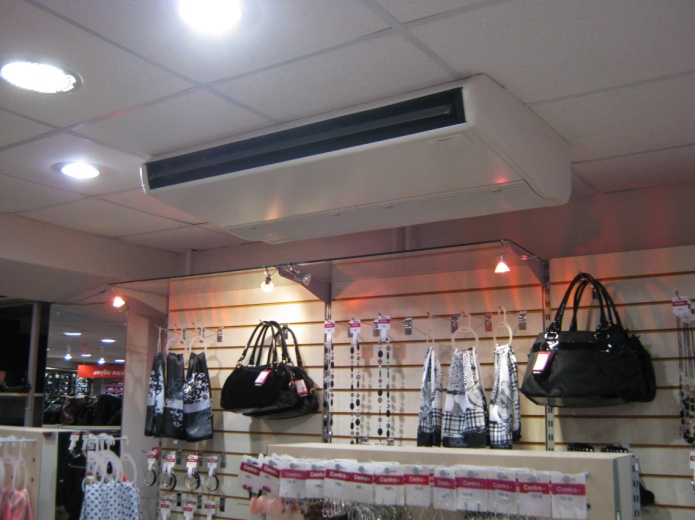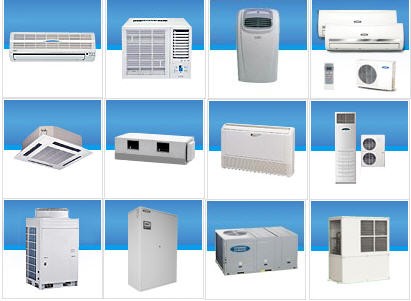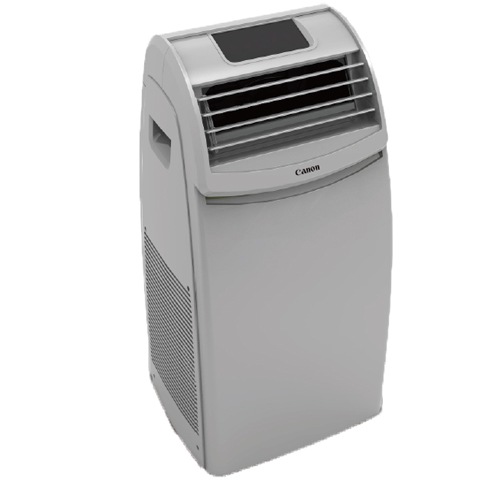The chiller-fan coil system is a complex of multi-zone climatic equipment designed to create an optimal microclimate inside buildings with any number of floors and any area. The system is designed for continuous operation: in summer it provides effective cooling, in winter it warms up the air. Main elements: heat exchange device and cooler.
Elements and scope of equipment

A chiller serves as a cooling device. It is an external unit that produces and supplies cold through a set of pipelines, inside of which there is a circulation of ethylene glycol or water. This is the fundamental difference from split systems, where freon acts as a refrigerant, the transfer of which is carried out through expensive copper pipes.
The chiller-fan coil system uses ordinary water pipes (metal or PVC) with reliable insulation. In this regard, the equipment is much cheaper. The outdoor temperature does not affect the efficiency of the system. The split system loses its performance even at an ambient temperature of -10 degrees Celsius.
The indoor unit is operated by a fan coil unit. With its help, the chilled liquid is received and the cold is transferred to the room. After the liquid has finally heated up, it is transferred back to the chiller. Fan coil units are installed in each room and work according to an individual program.
Scope of application:
- hypermarkets;
- large hotels;
- underground structures;
- shopping malls.
To use the complex for heating, the program must be switched to the boiler or fan coil units to supply hot water to the second circuit. Several fan coil units can be connected to one chiller. Such devices are mounted in the upper part of the room.
Equipment device
Chiller is a high-power refrigeration machine. The heat exchanger releases the cold into the water. The water is cooled and fed to the fan coil units through pipes.
There are 2 types of chillers: absorption and vapor compression. The first type is distinguished by high cost, cumbersomeness and limited scope of application.
Vapor compression chillers are more common. They are divided into types:
- outdoor installation with air cooling: the heat exchanger-condenser is cooled by means of axial fans;
- indoor installation with air cooling: air intake for cooling and hot air discharge is carried out using a centrifugal pump;
- with water cooling - it is advisable to install equipment near water bodies;
- reversible - allow you to cool and heat the air.

Fan coil units (closers) consist of a heat exchanger and a high-power fan. The product also includes a control unit and easily removable air filters. Models are equipped with a remote control.
Fan coil systems can be cassette or ducted.
The purpose of cassette fan coil units is to cool or heat the air space in large rooms. Suspended ceilings are required for installation. Air distribution takes place in 2 or 4 directions.
Installation of duct fan coil units is provided in separate rooms.Air space intake takes place through pipelines. The cooled or heated air is blown out through the air ducts located in the rooms behind the suspended ceiling. The devices differ in the way they are installed: wall-mounted, ceiling-mounted and floor-mounted. There are also universal models.
Auxiliary equipment
For the smooth functioning of the devices, devices and devices are used that allow to expand the functionality of the equipment and make its work more efficient:
- device for regulating the flow rate of the cold carrier;
- a gas boiler for heating water, which takes over the functions of a chiller in the cold season;
- the expansion and storage tank compensates for the expansion of the coolant during heating.
Chiller and fan coil operation principle

The principle of operation of a vapor compression chiller:
- The compressor sucks in gaseous refrigerant, the pressure inside the apparatus rises.
- Ethylene glycol enters the thermoregulation valve. The pressure inside the appliance decreases and the temperature of the refrigerant increases. Ethylene glycol boils and partially evaporates.
- A boiling refrigerant enters the evaporator of the equipment, during the evaporation of which heat is taken from the water circuit. After passing through the evaporator, ethylene glycol again goes into a gas state, the cycle repeats.
- The cooled water is pumped into the fan coil unit through a special pipeline. The closer, in turn, distributes the cooled air throughout the entire space of the room.
The fan coil unit works simply: the cooled water resource enters the heat exchanger, which is blown by air streams. The air passing through the heat exchanger is cooled and blown out into the room.
Chiller and fan coil connection
The chiller is combined with one or more fan coil units with an insulated piping system. If there is no insulation, the efficiency of the equipment drops significantly. Each fan coil unit is equipped with an individual piping unit that regulates the performance of the unit in both cooling and heating modes. The valves are responsible for the regulation of the refrigerant - shut-off and control valves.
The cold agent must not be mixed with the heat carrier. To heat the water, a separate heat exchanger with a circulation pump is required. A 3-way valve must be used to ensure smooth control of the process fluid flow. The element must be installed when installing the equipment. If a two-pipe type of heating is installed in the building, heating and cooling is realized by the chiller. One of the available heat exchange systems is connected to the refrigerant piping system. The second is connected to a pipe with a coolant.
A special point for checking the water temperature is required. The temperature indicator of the coolant in the system during the heating period varies from 70 to 95 degrees Celsius. For most fan coil units, this temperature is too high and needs to be reduced.
Advantages and disadvantages of the system
- no restrictions on the length of pipelines between fan coil units;
- the ability to add or remove indoor units to an already operating system;
- absence of freon and other volatile gases, which makes the operation of the equipment safe and environmentally friendly;
- use of one external unit.
The complex has gained popularity among representatives of medium and large businesses. However, it has disadvantages:
- significant noise level;
- high cost of individual devices;
- low energy efficiency.
The chiller-fan coil system is used mainly in cases where the area of the premises and the features of the building do not make it possible to use the split system as a climatic equipment.


